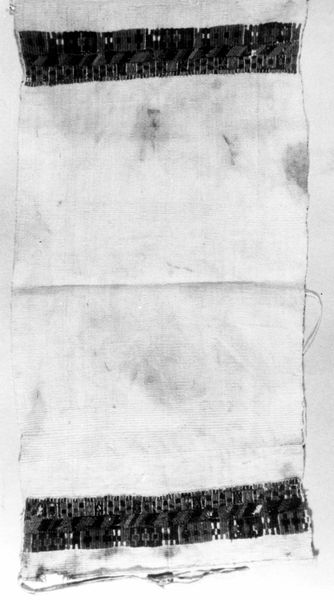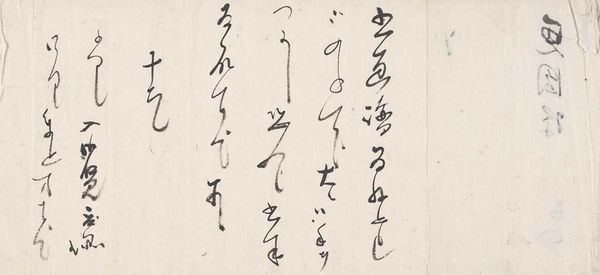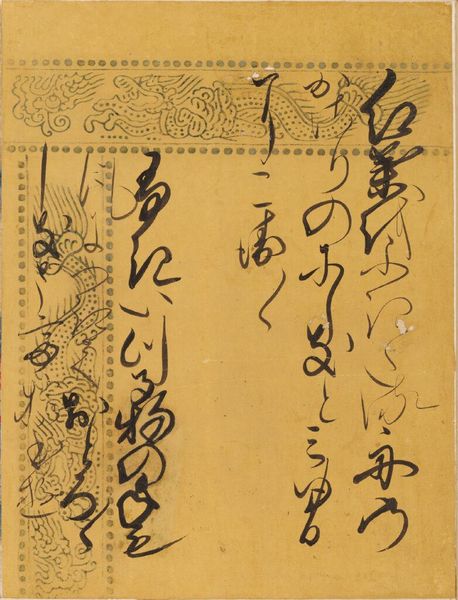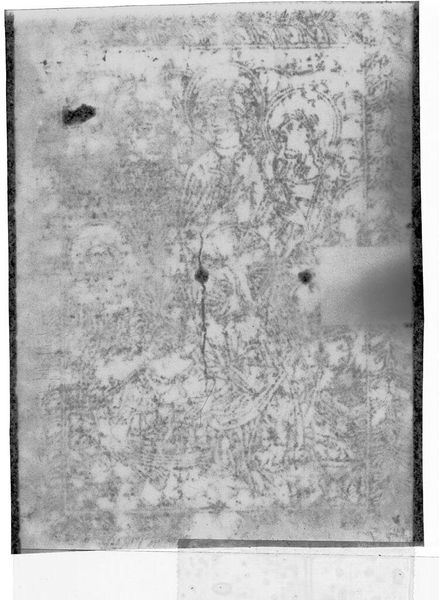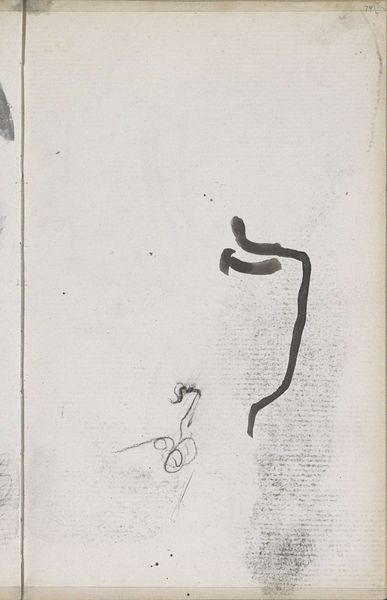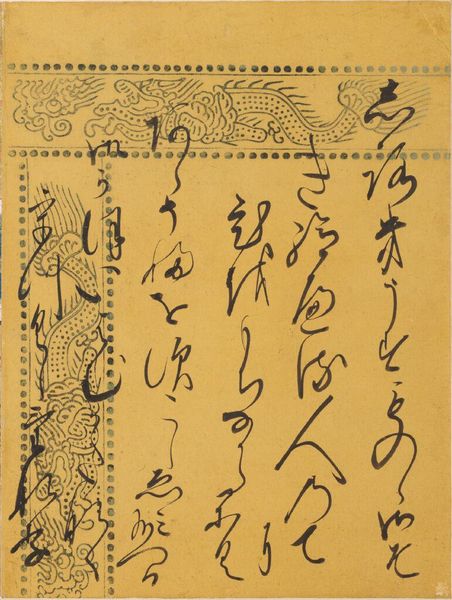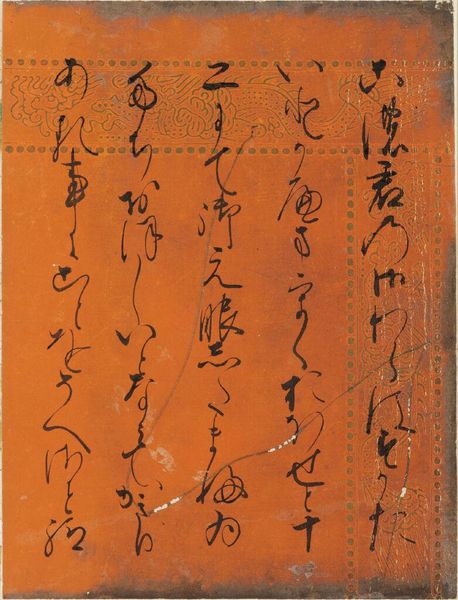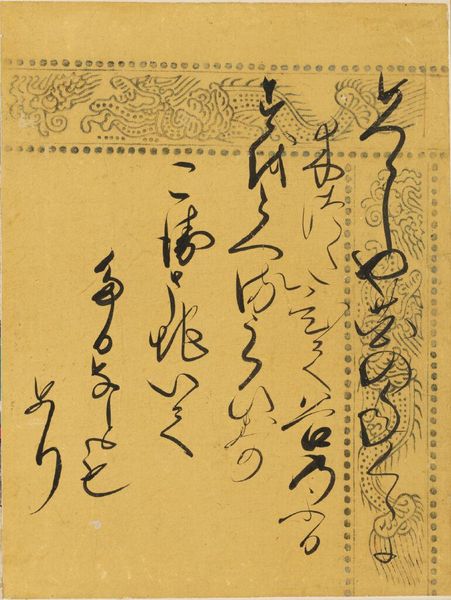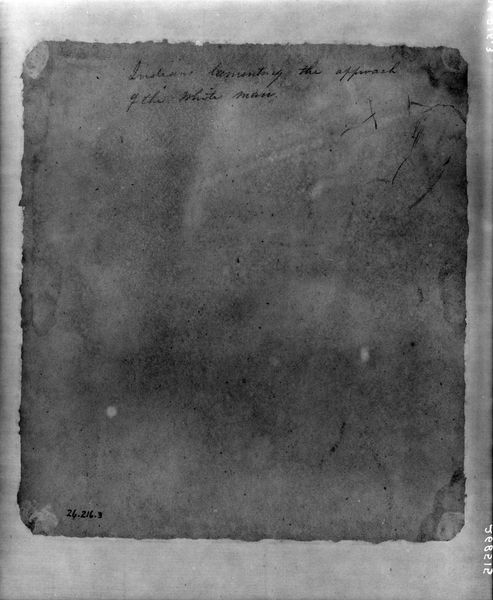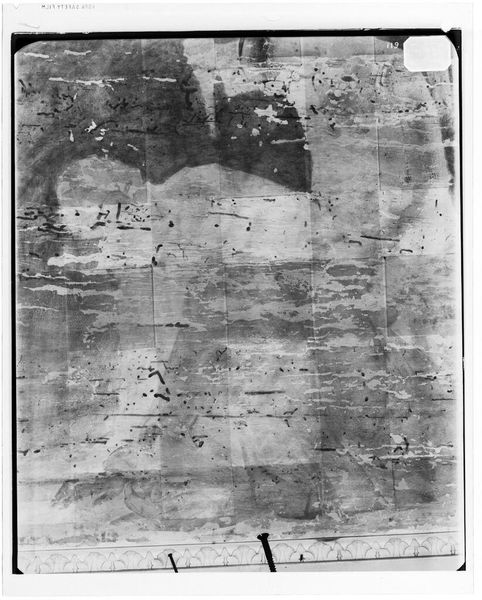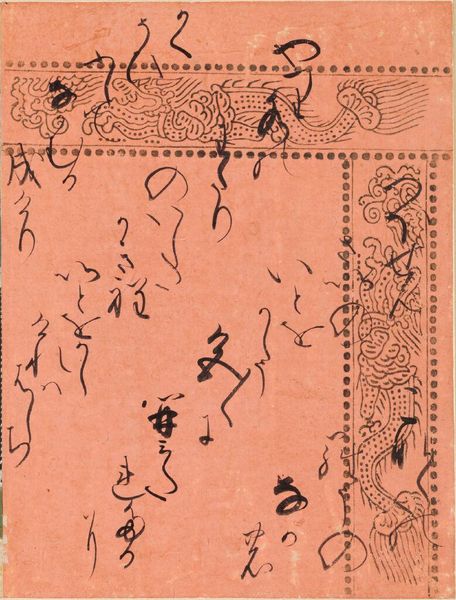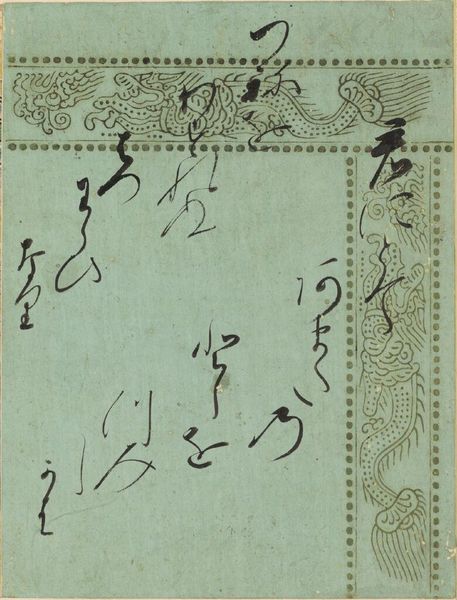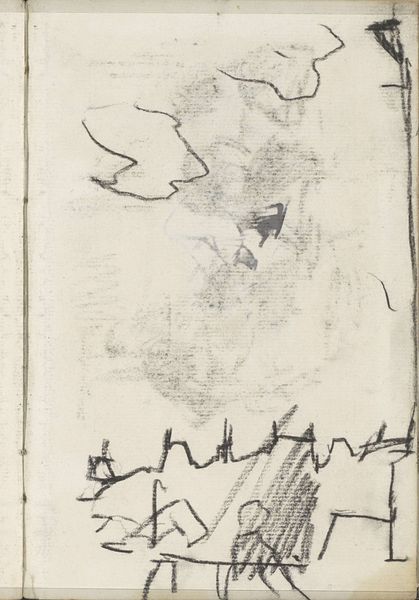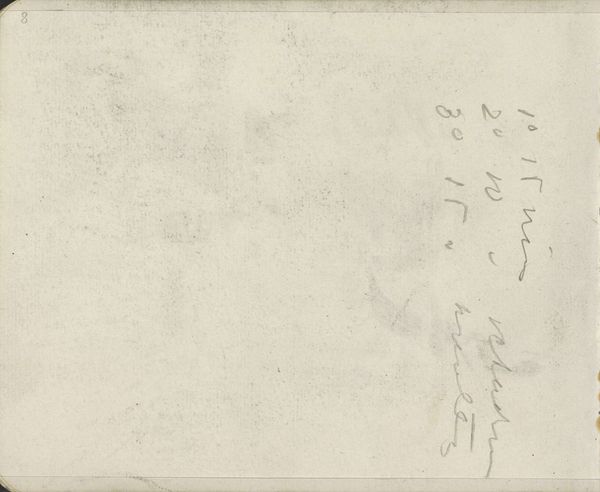
drawing, paper, ink
#
drawing
#
ink paper printed
#
asian-art
#
landscape
#
figuration
#
paper
#
ink
#
line
#
calligraphy
#
monochrome
Copyright: Public domain China
Qi Baishi painted this grasshopper with ink on paper, likely sometime in the mid-20th century. The image presents us with an interesting tension, a tiny grasshopper rendered with surprising dynamism against the vast emptiness of the paper. Qi Baishi was working in a China undergoing profound social upheaval. This work belongs to a long tradition of Chinese ink painting that valued a sense of spontaneity and connection to nature. In the face of modernization, artists like Qi Baishi turned to the natural world for inspiration, but also as a way of reaffirming traditional cultural values. The careful brushstrokes and calligraphic inscription point to a deep engagement with artistic traditions. And yet, there's also something modern about its simplicity. Is it a celebration of nature or a subtle commentary on China's place in a rapidly changing world? As historians, we can look at the artist’s biography, study the conventions of Chinese painting, and research the social and political context to gain a deeper understanding. Art, after all, doesn't exist in a vacuum, but is shaped by the world around it.
Comments
No comments
Be the first to comment and join the conversation on the ultimate creative platform.
